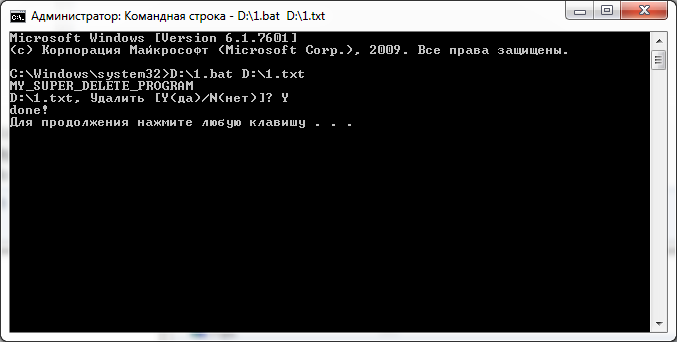


Architecture: x86_64Īs you guys can see the output of the lscpu command is in a human-readable format and easier to read than the output we pulled manually from the /proc/cpuinfo file, but it does not provide many details for a linux geek. Open a new terminal (CTRL+ALT+T) and run the following command to get information about your cpu hardware details in your linux machine.Īfter running the above command, I get the following output.

Unfortunately it does not have many options so there is not much you can do with it. The lscpu tools pulls the information from from sysfs and /proc/cpuinfo file, and prints it in a human-readable format, so everyone can understand it.

vendor_id : GenuineIntelĪ very simple and useful command that can be used to gather information on CPU architecture like the like number of CPUs, threads, cores, sockets, NUMA nodes, information about CPU caches, CPU family, model and bogoMIPS is the lscpu utility. I have four processors, so the following is the output I get when running the above command. The following command will help you to get the vendor id of processors without printing the entire content of the /proc/cpuinfo file on your screen. cat /proc/cpuinfo | grep processor | wc -l I did an entire article on how to find the number of processors on your Linux machine. You can also find the number of processors by using the following command. >Model name: Intel(R) Core(TM) i5-8350U CPU 1.Model name : Intel(R) Core(TM) i3-2350M CPU 2.30GHzįlags : fpu vme de pse tsc msr pae mce cx8 apic sep mtrr pge mca cmov pat pse36 clflush dts acpi mmx fxsr sse sse2 ss ht tm pbe syscall nx rdtscp lm constant_tsc arch_perfmon pebs bts rep_good nopl xtopology nonstop_tsc aperfmperf eagerfpu pni pclmulqdq dtes64 monitor ds_cpl vmx est tm2 ssse3 cx16 xtpr pdcm pcid sse4_1 sse4_2 x2apic popcnt tsc_deadline_timer xsave avx lahf_lm arat epb xsaveopt pln pts dtherm tpr_shadow vnmi flexpriority ept vpidĪddress sizes : 36 bits physical, 48 bits virtual The information will display details like threads,sockets,NUMA (Non-Uniform Memory Access),information about caches and cache sharing,model, bogoMIPS, stepping and byte order. Lscpu fetches the details of system architecture details from sysfs and /proc/cpuinfo. LSCPU method to get CPU information in Linux: Apicid:ĭenotes the number of virtual as given by bios. Shows number of processors attached to the same physical processor. Stands for floating point unit.It’s a part of processor used for floating point calculations. Tells us the size of temporary storage area that the computer’s processor can retrieve data in much faster way. Core Id:ĭenotes the number of cores (here we have cores 0-3 i.e. Here processor 0 is on core- 0 and processor 7 is on core-3 (see line core_id). In case of multiple processors, it will display them sequentially starting from 0. This will display the number of processors on the machine. Let us discuss few important terminology in detail for linux cpu info as below: Processor: Model name : Intel(R) Core(TM) i5-8350U CPU 1.70GHzįlags : fpu vme de pse tsc msr pae mce cx8 apic sep mtrr pge mca cmov pat pse36 clflush dts acpi mmx fxsr sse sse2 ss ht tm pbe pni dtes64 monitor ds_cpl vmx smx est tm2 ssse3 fma cx16 xtpr pdcm sse4_1 sse4_2 x2apic movbe popcnt aes xsave osxsave avx f16c rdrand lahf_lm ida arat epb xsaveopt pln pts dtherm fsgsbase tsc_adjust bmi1 hle avx2 smep bmi2 erms invpcid rtm mpx rdseed adx smap clflushoptĪddress sizes : 39 bits physical, 48 bits virtual There are multiple ways to get the CPU information in LINUX/UNIX environment.įile /proc/cpuinfo will display the CPU information such as processor,CPU cores,cache size etc. As a Basis consultant, we need to monitor the OS performance & get the resource details like CPU information,hardware details etc.


 0 kommentar(er)
0 kommentar(er)
